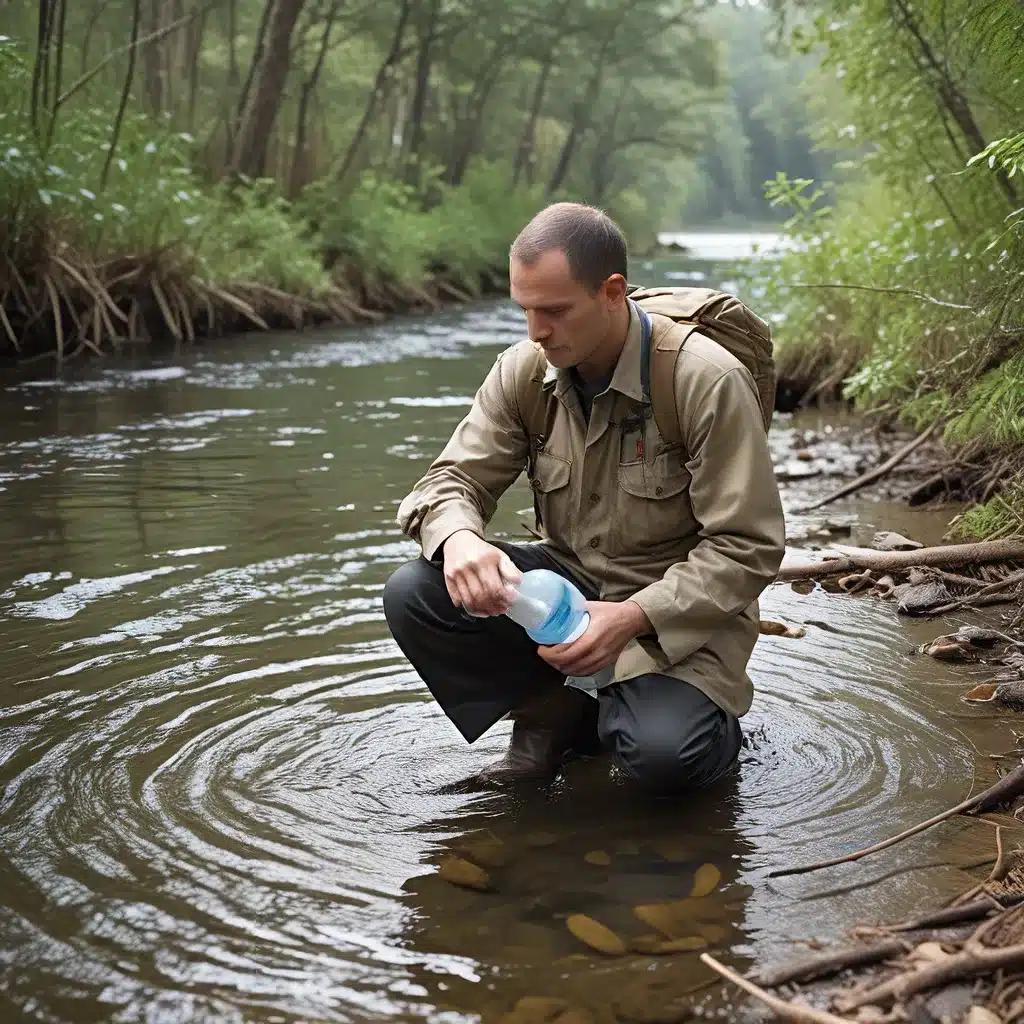
Treading into the Unknown
As an environmental engineer, I’ve always been driven by a sense of adventure and a desire to tackle complex challenges. But when I was called upon to spearhead an emergency water treatment operation in the aftermath of a natural disaster, I knew I was venturing into uncharted territory.
The scene unfolding before me was nothing short of catastrophic. Homes had been devastated, infrastructure lay in ruins, and the local water supply had been contaminated beyond recognition. Families huddled in makeshift shelters, desperate for access to clean, potable water. It was a race against time to prevent a full-blown public health crisis.
In times of crisis, convention goes out the window. Traditional water treatment methods simply wouldn’t suffice – we needed to think outside the box and push the boundaries of what was possible. It was time to get creative.
Embracing the Unconventional
As I surveyed the damage, my mind raced with possibilities. I knew that conventional water purification techniques like filtration and disinfection would be a good starting point, but the sheer scale of the challenge called for bolder, more innovative solutions.
Recent research had explored the potential of using solar-powered distillation systems to produce clean water from contaminated sources. Could we adapt this technology to meet the urgent demands of the situation? I was determined to find out.
As we set up the solar stills, I couldn’t help but feel a sense of excitement. This was uncharted territory, and the stakes couldn’t be higher. Would our bold experiment succeed, or would it crumble under the weight of the crisis? There was only one way to find out.
Pushing the Limits of Possibility
The first few days were a whirlwind of activity. We scrambled to gather the necessary materials, construct the solar stills, and meticulously monitor the water quality. The initial results were promising, but we knew we needed to push the limits even further.
That’s when we decided to take a risk and incorporate a novel technique – electrochemical oxidation. By applying an electric current to the contaminated water, we could effectively destroy harmful pathogens and remove a wide range of pollutants. It was a bold move, but the potential benefits were too great to ignore.
As we implemented this unconventional approach, the tension was palpable. Would it work? Or would it all come crashing down, leaving us back at square one? The wait for the test results felt interminable, but when the data came back, the results were nothing short of remarkable.
The solar-powered distillation systems combined with electrochemical oxidation had produced water that met or exceeded the highest standards for drinking water quality. It was a triumph of engineering, a testament to the power of innovation in the face of adversity.
Lessons Learned and Future Possibilities
As the dust settled and the crisis gradually subsided, I had the opportunity to reflect on the lessons learned from this experience. Embracing the unconventional, pushing the boundaries of possibility, and harnessing the power of emerging technologies – these were the keys to our success.
But the journey doesn’t end here. The lessons we’ve learned and the techniques we’ve developed have the potential to revolutionize emergency water treatment protocols worldwide. As we continue to navigate these uncharted waters, I’m confident that the innovative spirit that carried us through this crisis will continue to inspire future generations of environmental engineers and water treatment professionals.
Who knows what other groundbreaking solutions await us as we explore the frontiers of this field? One thing is certain: by staying curious, embracing the unconventional, and never shying away from a challenge, we can overcome even the most daunting obstacles and provide vital resources to communities in need.
So, let’s dive in and see what else we can discover as we Inland Waters Inc. continue to push the boundaries of what’s possible in emergency water treatment. The future is ours to shape, one pioneering technique at a time.


